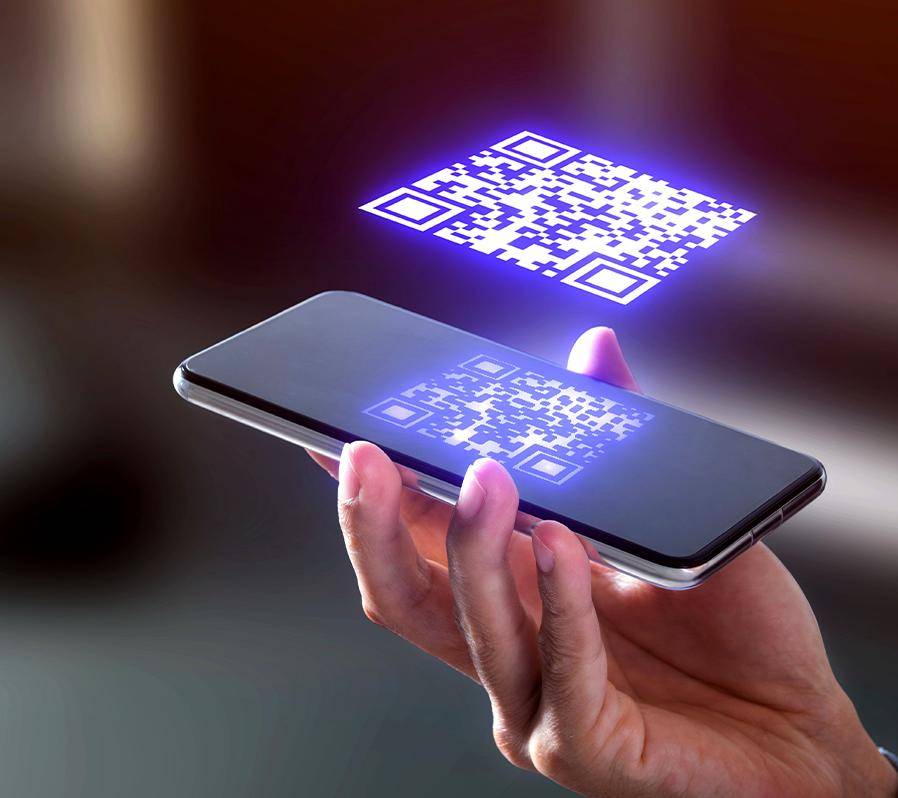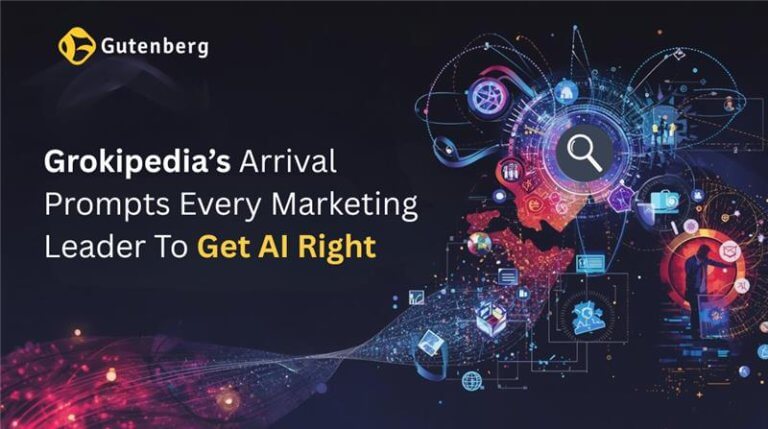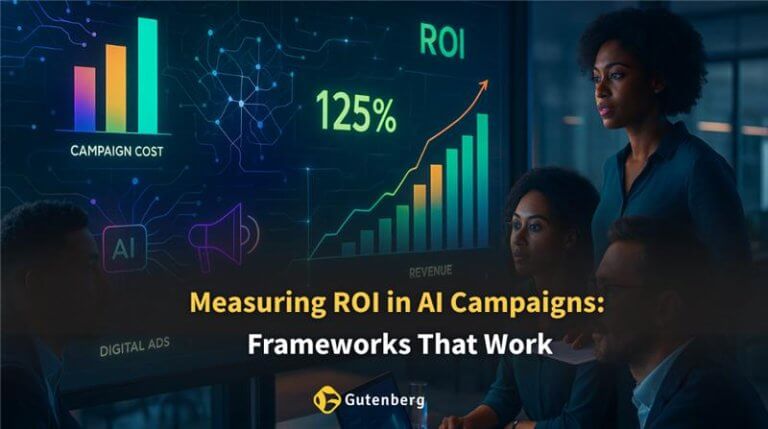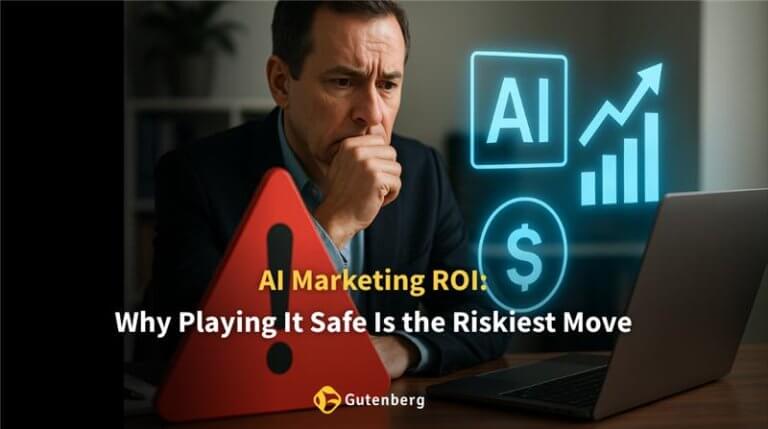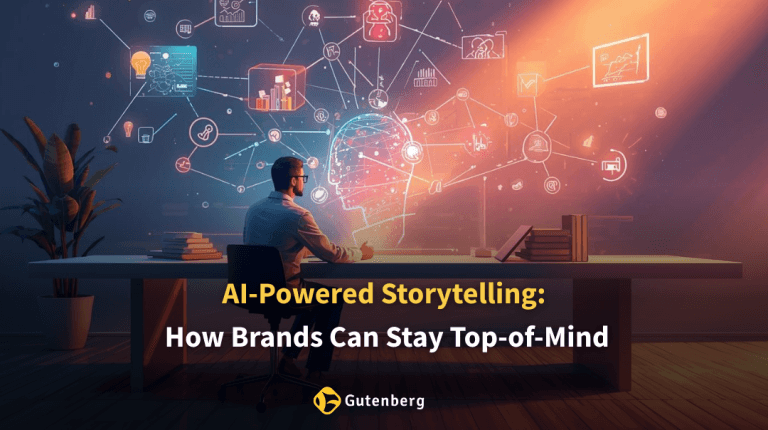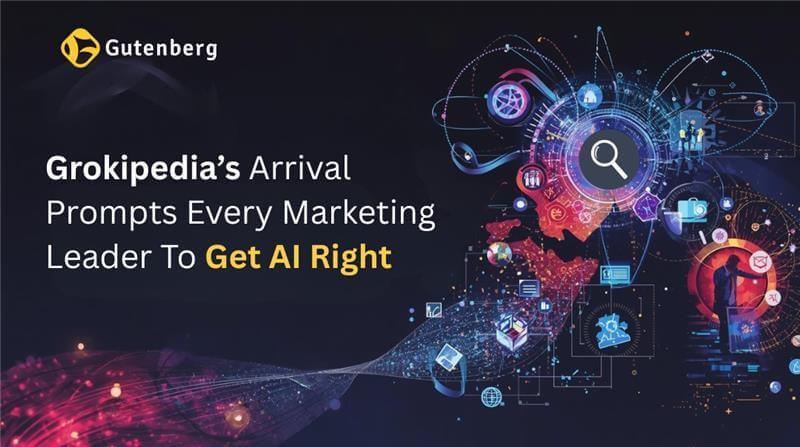Quick Response (QR) codes are a two-dimensional version of bar codes that can be read by smartphones. Since their introduction in 1994, QR codes have gained much popularity across industries. But with the invention of new technologies like NFC, beacon, and geofencing, are QR codes still relevant to marketers in 2019? According to a recent study by Beaconstac, by 2020, 11 million households will scan a QR code in the U.S alone. If you’re still not convinced, here are five ways in which QR codes continue to have an impact on the world of marketing:
1. Transforming Product Packaging
A recent study showed that consumers make a third of their buying decisions based on packaging alone, and QR codes have only enhanced product packaging. In recent years, QR codes have become relevant to the world of physical products—showing up on everything from Japanese soda cans to sneakers. QR codes allow brands to embed their products with special offers, website access, and extra content. The more engaging the encoded content, the likelier consumers will invest in the product. Puma did this successfully with their AI-encoded sneakers. Their “LQD Cell Origin AR” sneakers are covered in QR codes, which when scanned onto the LQD Cell app for Android and iOS, provides a variety of Augmented Reality (AR) experiences for the consumer.
2. Facilitating Proximity Marketing
Proximity marketing operates by communicating with consumers using highly personalized and relevant messages. It focuses on being at “the right place at the right time” and is usually introduced at the entry point of the consumer journey. Brands can use QR codes to improve in-store experiences of consumers by curating a digital experience in the form of creative ads, museum guides for tourists, and even holiday tags that play special messages for consumers. Brands have also begun to focus heavily on virtual reality experiences to bridge the gap between the digital and physical worlds. One such experience is Arcadia Earth a museum experience in New York city that spreads the message of sustainability through art installations set across 15 rooms with QR codes, which provide unique experiences for museum goers.
3. Enabling Retargeting
Each QR code scan can be mapped using a tracking tool like Google Analytics—showing you where, when, how often, and with what device your code is being scanned. For marketers, using QR codes in tandem with social media and direct mail can have a huge impact on conversion rates. QR codes track engagement and conversion rates and can be used for the analysis of a brand’s marketing strategy when placed in direct mail. By noting the specific products/markets for which consumers have scanned a code, marketers can retarget consumers with similar products on Google, Facebook, and Instagram. It will have a positive impact on conversion rates and might also lead to a much higher ROI.
4. Ensuring A Consistent Brand Identity
By creating a consistent brand presence, marketers are more likely to succeed in ensuring that their brand is remembered. And since a visual brand identity is believed to have a maximum impact on consumer response, the more visually interesting your code, the likelier it is to attract the attention of your consumers. To maintain consistent brand identity, ensure that your code matches your brand design guidelines and offers consumers something unique. The Porsche Taycan for example, has embedded a QR code within its crest, holding onto its legendary identity while also adapting to the age of technology and digitization.
5. Enhancing OOH Digital Advertising
Out-of-home advertising has been transformed by digital billboards, with 71 percent of consumers reporting that digital billboards are more appealing to them than online ads. Placing QR codes in digital billboards can take the consumer experience one step further, by embedding a code with which to contact the business, make a purchase, or even drive to a physical store using Google Maps. A great example of this is Nescafe’s interactive game at People’s Square Station, Shanghai. Nescafe promoted its cold brew by sending participants on a digital mission, upon the completion of which they received a QR code that awarded them a free bottle of the cold brew from a nearby vending machine.
It is deemed that by 2022, 1 billion smartphones will have access to QR codes, and even with the advent of new technologies, QR codes still have a lot to offer marketers, as long as marketers find ways to re-invent and repurpose their codes.
Quick Response (QR) codes are a two-dimensional version of bar codes that can be read by smartphones.

